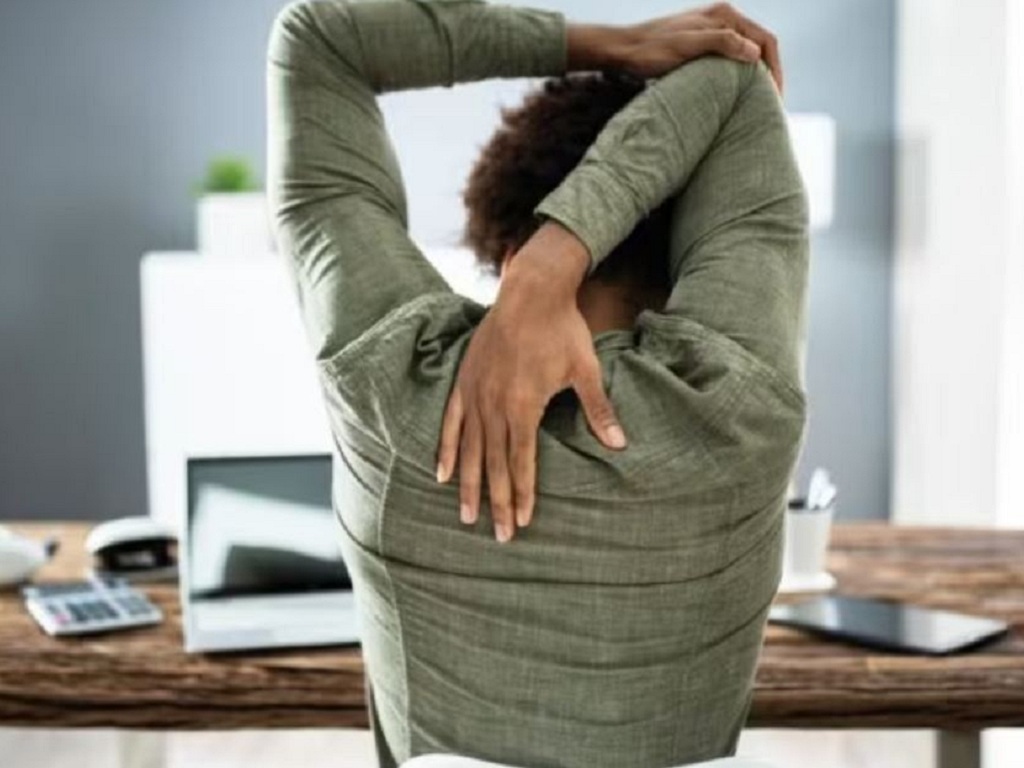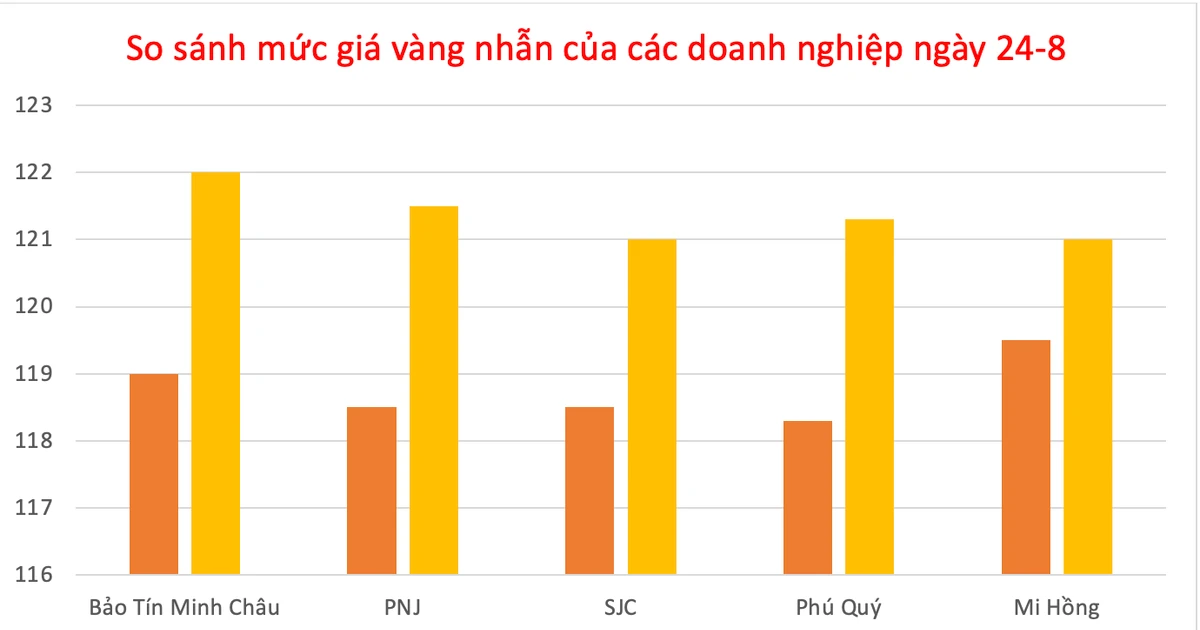Sitting up straight and maintaining good posture not only helps reduce back pain, but also reduces stress, fatigue, and headaches. Not only that, good posture also helps increase energy and breathing capacity, according to the health website Healthline (USA).

Sitting and working or studying in a hunched position for long periods of time not only causes back pain but also poses many other health risks.
However, good posture does not mean keeping your back rigidly straight. Instead, good posture involves many different parts of the body, such as the chin being parallel to the ground, the hips and shoulders being equal, the body weight being on the feet, and the spine in its natural position. This means that we do not hold our back rigidly straight, but rather align it with the natural curvature of the spine. If we try to straighten our back too much, it can cause a potential health problem.
Poor posture causes your back to curve, straining your hamstrings, thighs, and trapezius, the large band of muscle that runs along your spine from your neck to your mid-back. This can cause lower back pain and impair your balance, especially when walking.
Additionally, sitting in a hunched position for long periods of time can increase your risk of developing scoliosis, which causes the spine to curve abnormally. If left untreated, scoliosis can lead to a number of health problems, such as a slipped disc and an increased risk of spinal injury.

Experts recommend that people should sit in the correct posture when working and studying.
Therefore, to prevent the above problems, experts recommend that people should sit in the correct posture when working and studying. Not only that, while exercising, maintaining good posture is also very important. For example, when performing weight lifting movements such as squats, the practitioner should use a belt to tie around the lower back when standing up. This will help the back move in a more correct posture.
If you are struggling with persistent back pain, you should talk to your doctor. In some cases, depending on the cause of your back pain, your doctor may prescribe medication, physical therapy, or a back brace, according to Healthline.
Source link



![[Photo] Impressive image of 31 planes taking flight in the sky of Hanoi during their first joint training](https://vstatic.vietnam.vn/vietnam/resource/IMAGE/2025/8/24/2f52b7105aa4469e9bdad9c60008c2a0)


![[Photo] The ceremonial artillery is ready to "fire" for the second parade rehearsal at My Dinh National Stadium.](https://vstatic.vietnam.vn/vietnam/resource/IMAGE/2025/8/24/883ec3bbdf6d4fba83aee5c950955c7c)






































































































Comment (0)